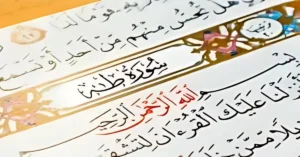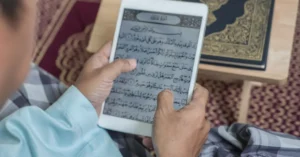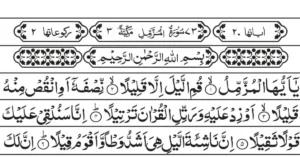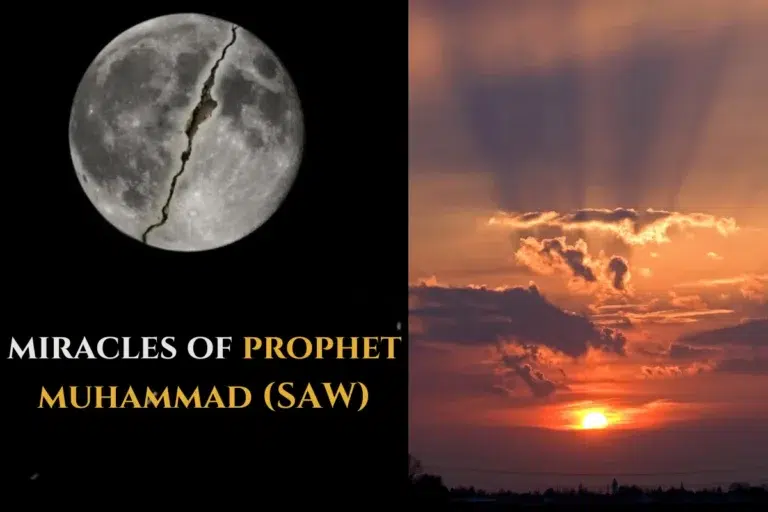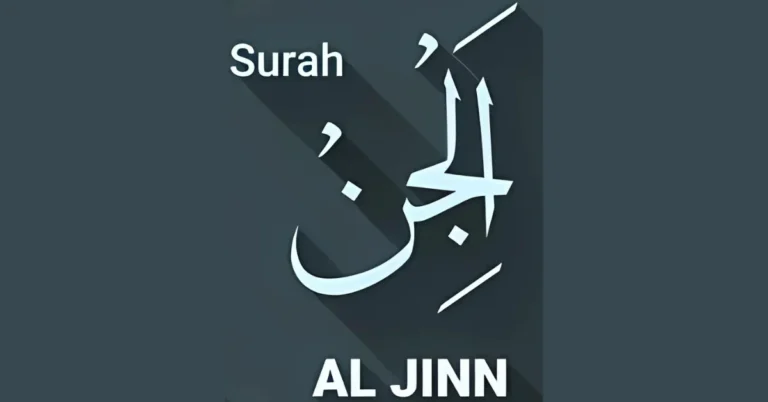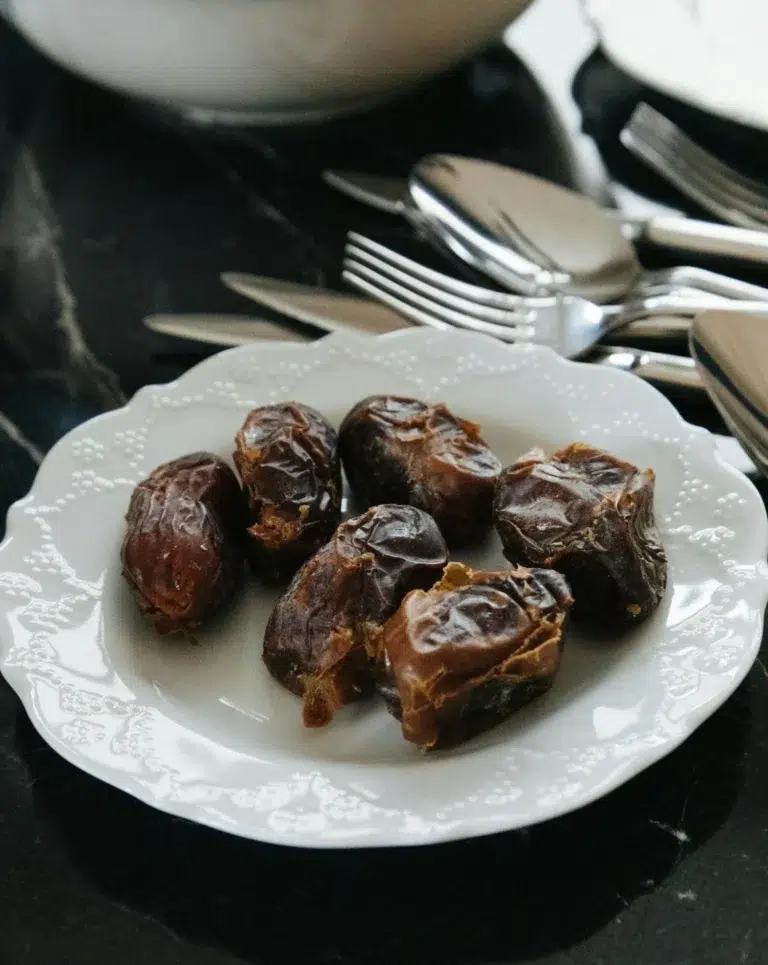Introduction
The word “Sa’ee” is derived from the Arabic word “Sa’a,” which means “to walk,” “to strive,” or “to pursue.” In Islamic terminology, Sa’ee refers to the act of walking back and forth seven times between the hills of Safa and Marwa. These hills are located near the Kaaba in Mecca, and this ritual is performed during the Hajj or Umrah pilgrimage.

“Indeed, the hills O Ṣafa and Marwah are among the symbols of Allah. So, whoever makes the major or minor pilgrimage to the Sacred House, let them walk between the two hills. And whoever does good willingly, Allah is truly Appreciative, All-Knowing.” [Surah Al-Baqarah (2:158)]
Performing Sa’ee is the fourth compulsory pillar of the Hajj or Umrah. Muslims are obligated to perform Sa’ee after Tawaf and its prayers are completed. According to Islamic history, the act of Sa’ee remembers a mother’s sacrifice for her son.
For comprehensive information about other pillars of Hajj and Umrah, please visit the blog below:
The Significance of Sa’ee
As Muslims, Sa’ee holds an important place in our hearts and is an integral part of our pilgrimage experience.
It honors Hazrat Hajra’s (AS) quest for water for her son, Hazrat Ismail (AS). Tradition holds that her running between Safa and Marwa led to the miraculous spring of Zamzam, symbolizing faith and perseverance.
For more information about Zamzam, see this blog post: Zamzam Water: Its History, Significance, and Benefits for Muslims.
Sa’ee symbolizes obedience to Allah’s (SWT) commands, which are performed in pilgrimage rituals. We follow Hazrat Muhammad (SAW) and Hazrat Ibrahim (AS), showcasing submission and devotion to Allah’s (SWT) will through this physical act.
Sa’ee showcases unity of faith and humanity, with people of diverse backgrounds partaking in pilgrimage. It symbolizes equality before Allah (SWT) and strengthens unity within our Muslim ummah.
Walking between Safa and Marwa gives us a unique opportunity for self-reflection and spiritual purification. As we traverse the distance, we examine our relationship with Allah (SWT), seek forgiveness for past transgressions, and renew our commitment to living a righteous life. Hazrat Hajar’s (AS) Sa’ee underscores women’s pivotal role in Islam and their involvement in religious rites. It reminds us of women’s invaluable contributions and showcases faith, strength, and resilience.
In summary, Sa’ee holds a deep impact in Islam, symbolizing faith, obedience, unity, reflection, and inclusion. It is a ritual that connects us to the rich history of our faith and reinforces the core principles of Islam.
Historical Background
The story of Safa and Marwa commemorates the struggle of Hazrat Hajra (AS), who ran between these hills seven times seeking water for Prophet Ismail (AS), her parched son.
According to Islamic history, Hazrat Ibrahim (AS) lived in Palestine with his first wife, Hazrat Sarah (AS). At that time, Hazrat Sarah (AS) received Hazrat Hajra (AS) as a slave girl after her father’s demise. However, as years passed, Hazrat Sarah (AS) remained childless. Hazrat Ibrahim (AS) married Hazrat Hajra (AS) at her suggestion.
Soon, Allah (SWT) blessed Hazrat Hajra (AS) and Hazrat Ibrahim (AS) with a son, Hazrat Ismail (AS). Allah (SWT) commanded Hazrat Ibrahim (AS) to leave Hazrat Hajra (AS) and Hazrat Ismail (AS) in the barren valley of Makkah. In reliance on Allah’s (SWT) command, Hazrat Ibrahim (AS) left them near Safa and Marwa with provisions.
Hazrat Ibrahim (AS) prayed for them and left. The water ran out, and Hazrat Ismail (AS) became thirsty. Hazrat Hajar (AS) climbed Safa and Marwa seven times, seeking help. Desperately seeking help, she prayed to Allah (SWT) to save Hazrat Ismail (AS). By the command of Allah (SWT), Angel Jibraeel (AS) appeared, and a spring of water gushed out, providing life-saving water that became known as the ZamZam well.
This story teaches us reliance on Allah (SWT), perseverance, and trust in His mercy. It also symbolizes the significance of ZamZam and the importance of trusting in Allah’s (SWT) plans. Tawakkul on Allah is the most important thing for us. For more information about Tawakkul and its practical steps, visit this blog on Tawakkul in Allah (SWT) and practice Tawakkul.
The Ritual of Sa’ee
The ritual of Sa’ee, an integral part of Hajj and Umrah pilgrimage, involves several steps and holds deep significance for Muslims:
Preparing for Sa’ee
Before starting Sa’ee, pilgrims enter the state of Ihram, a sacred state of ritual purity marked by specific clothing and sincere intentions. They also perform Wudhu (ablution) to ensure physical cleanliness before engaging in this holy act.
Starting Point: Safa
Pilgrims commence their Sa’ee ritual from the hill of Safa.
Ending Point: Marwah
After completing the first lap between Safa and Marwah, pilgrims proceed to the hill of Marwah, located about 400 meters away. In the Sa’ee ritual, Marwah marks the end point of each lap.
Number of Rounds and Their Significance
Pilgrims complete seven rounds of Sa’ee, walking back and forth between Safa and Marwah.
- The first lap begins at Safa and ends at Marwah.
- The second lap starts from Marwah and ends at Safa.
- Pilgrims continue alternating between Safa and Marwah until they complete seven rounds.
This act symbolizes the perseverance, faith, and trust in Allah’s (SWT) mercy demonstrated by Hazrat Hajra (RA) during her search for sustenance in the barren desert.
Key Moments During Sa’ee
During the Sa’ee ritual, several key moments occur that hold profound spiritual significance for pilgrims:
Recitations and Duas
Throughout the Sa’ee ritual, pilgrims recite Quranic verses, praise Allah (dhikr), and make supplications (duas). These recitations and duas enhance the spiritual atmosphere of the ritual and deepen the pilgrims’ connection to their faith.
Remember duas during Sa’ee, you can explore here: Essential dua’s during Hajj and Umrah.
Reflective Moments and Their Spiritual Importance
Sa’ee provides pilgrims with opportunities for reflection and introspection. As they traverse the distance between Safa and Marwah, pilgrims contemplate their relationship with Allah (SWT), ponder the significance of their pilgrimage journey, and seek spiritual purification. These reflective moments allow pilgrims to connect with their inner selves, acknowledge their shortcomings, and renew their commitment to living righteous lives.
The spiritual importance of these moments lies in the self-awareness and spiritual growth they foster, enabling pilgrims to strengthen their faith and draw closer to Allah (SWT).
Frequently Asked Questions (FAQs)
Wudhu is not mandatory specifically for Sa’ee; performing it in a state of ritual purity is generally recommended. Since Sa’ee is a significant act of worship performed during the Hajj and Umrah pilgrimage, being in a state of Wudhu enhances the spiritual experience and connection to the ritual. Therefore, it’s advisable to perform Wudhu before beginning Sa’ee.
According to Islamic tradition and scholarly consensus, performing Sa’ee requires the pilgrim to be in a state of Ihram, a special condition of spiritual purity that signifies the pilgrim’s intention to perform the pilgrimage rites.
If you have physical limitations that prevent you from walking between Safa and Marwah, accommodations are available to facilitate your participation in the Sa’ee ritual.
Most mosques in Mecca provide wheelchair accessibility and assistance for pilgrims with disabilities or mobility issues.
Additionally, there are designated areas where pilgrims can perform Sa’ee while seated or with assistance. It’s essential to communicate your needs to the mosque staff or pilgrimage organizers so they can provide appropriate support and accommodations for your Sa’ee experience.
Conclusion
Sa’ee’s Between Safa and Marwa spiritual journey mirrors Hazrat Hajra’s (AS) courageous quest for water in Mecca’s desert. Walking between Safa and Marwah, we embody her faith, trust, and determination. Sa’ee reminds us of Hazrat Hajra’s (AS) unwavering faith and reliance on Allah (SWT), showcasing His boundless mercy and providence. It urges us to reflect on the lessons of faith, trust, and perseverance in times of hardship. May the Sa’ee pilgrimage inspire us to deepen our connection with Allah (SWT), strengthen our faith, and renew our commitment to righteous living.

